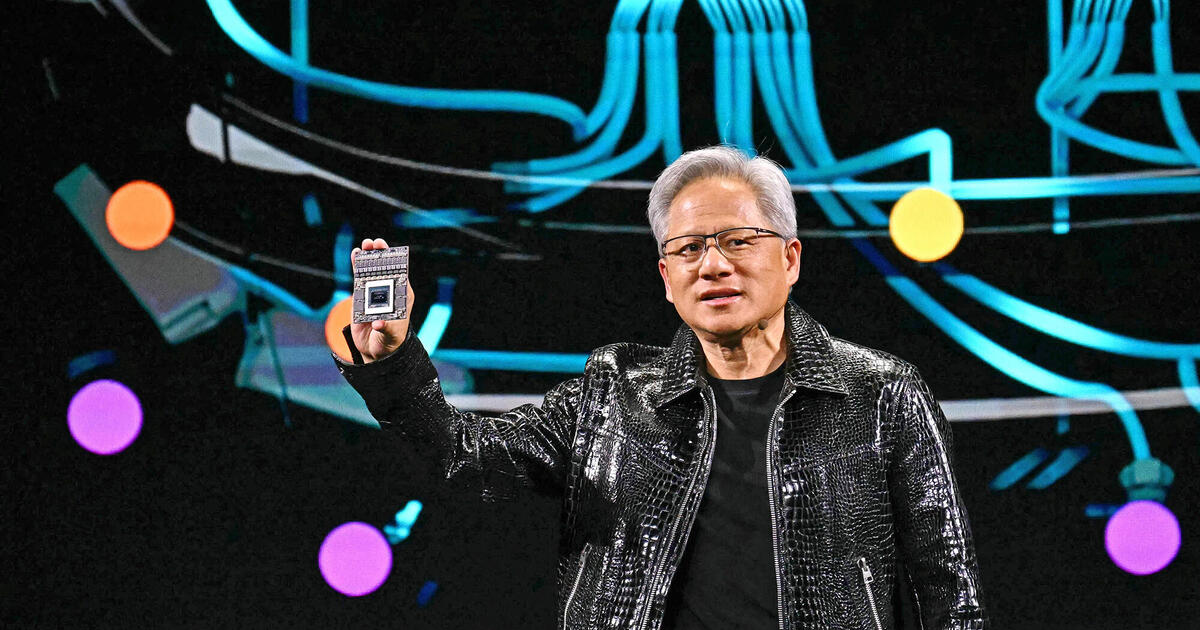Nvidia CEO Jensen Huang expressed strong optimism about the future of artificial intelligence, telling investors during the company’s latest earnings call on the 27th that “the AI competition is underway” and that opportunities in the sector are expanding rapidly. He revealed that demand for Nvidia’s products remains so high that everything is currently sold out, projecting this year as a record-breaking milestone with expectations of even stronger results in 2026.
Huang identified the rise of agent-based AI—a new generation of AI capable of research, reasoning, and planning beyond traditional chatbot interactions—as the biggest driver of growth. He estimated that the global AI infrastructure industry could be worth $3 trillion to $4 trillion by 2030. Analysts believe this bullish outlook will also benefit major suppliers, including TSMC, Foxconn, Quanta Computer, Wistron, and Wiwynn.
The CEO noted that AI-native startups are racing to acquire advanced chips to train their models, often forcing cloud service providers to rent computing power from rivals. He projected that AI startups could generate $200 billion in revenue by 2026, a tenfold jump from this year’s estimated $20 billion. In 2025 alone, startups have already raised around $180 billion in funding.
Huang also highlighted Nvidia’s transformation into a full-fledged AI infrastructure provider over the past decade. Its Rubin platform, developed with six different chip types manufactured by TSMC, exemplifies this shift. Nvidia’s upcoming Blackwell and Blackwell Ultra platforms are drawing strong anticipation, with demand far outstripping supply.
He added that capital expenditures from the world’s four leading cloud service providers have doubled in recent years, now totaling around $600 billion, signaling the beginning of a major global build-out of AI data centers. Nvidia claims its Blackwell architecture offers up to a tenfold return on investment per token processed and fifty times higher energy efficiency compared to its Hopper predecessor.
Looking forward, Huang stressed that the “era of physical AI” has begun, opening new opportunities in robotics, automation, and industrial applications. He also addressed concerns about competition from application-specific integrated circuits (ASICs), arguing that Nvidia’s ecosystem provides a more versatile and complete solution. Alongside its GPUs, the company delivers NVLink interconnects, advanced network interface cards, and Spectrum-XGS Ethernet technologies, positioning itself as a one-stop provider for AI factories worldwide.



